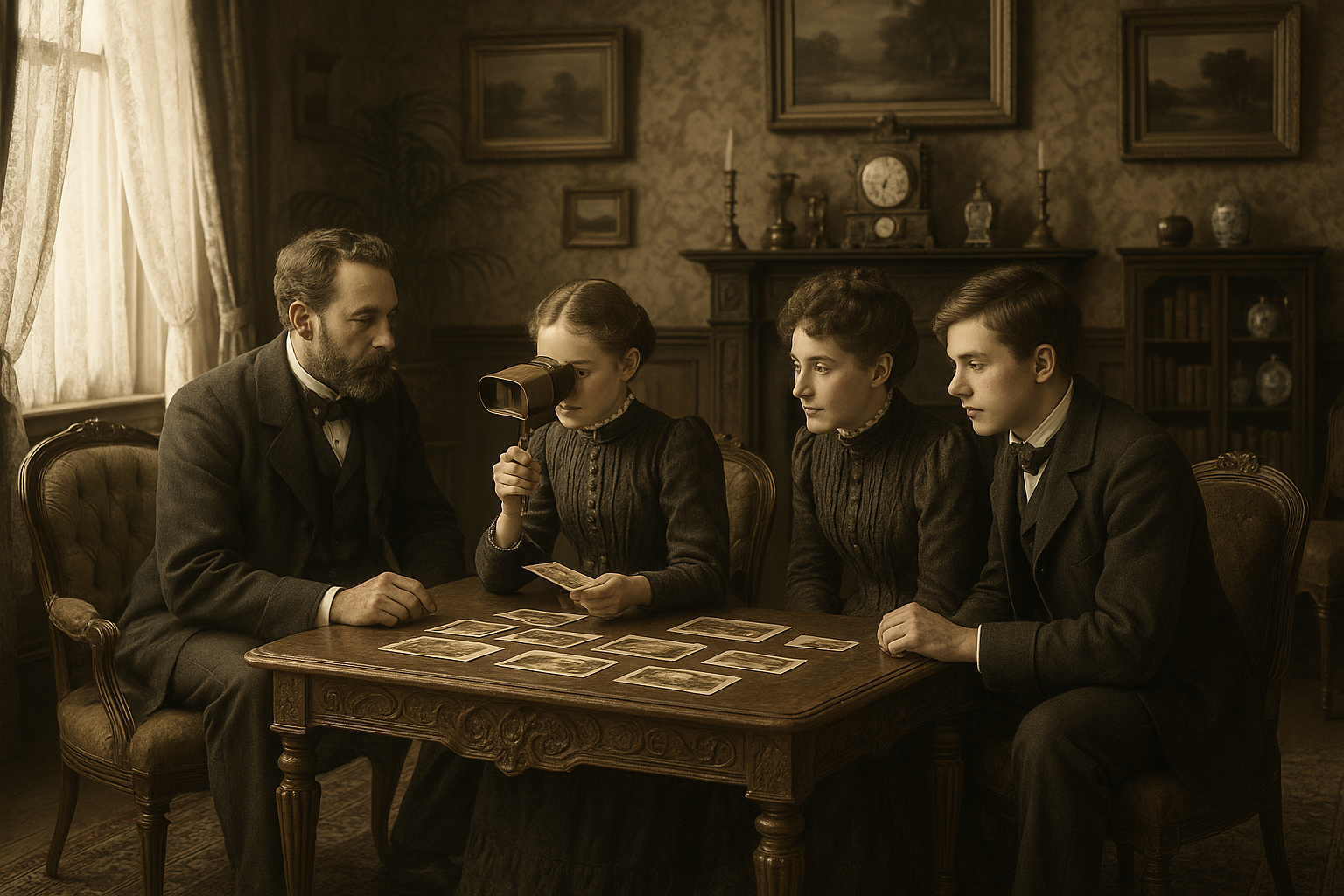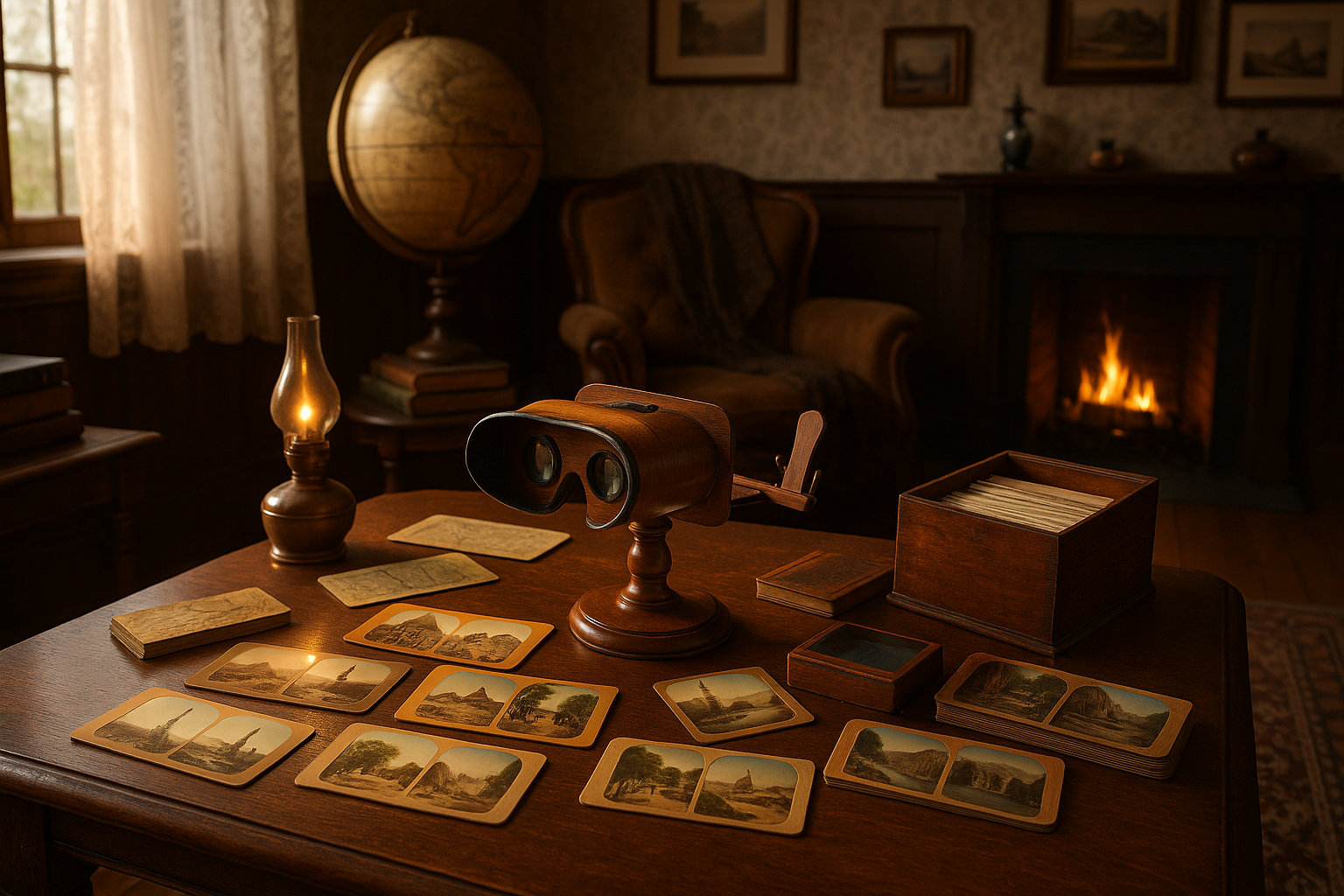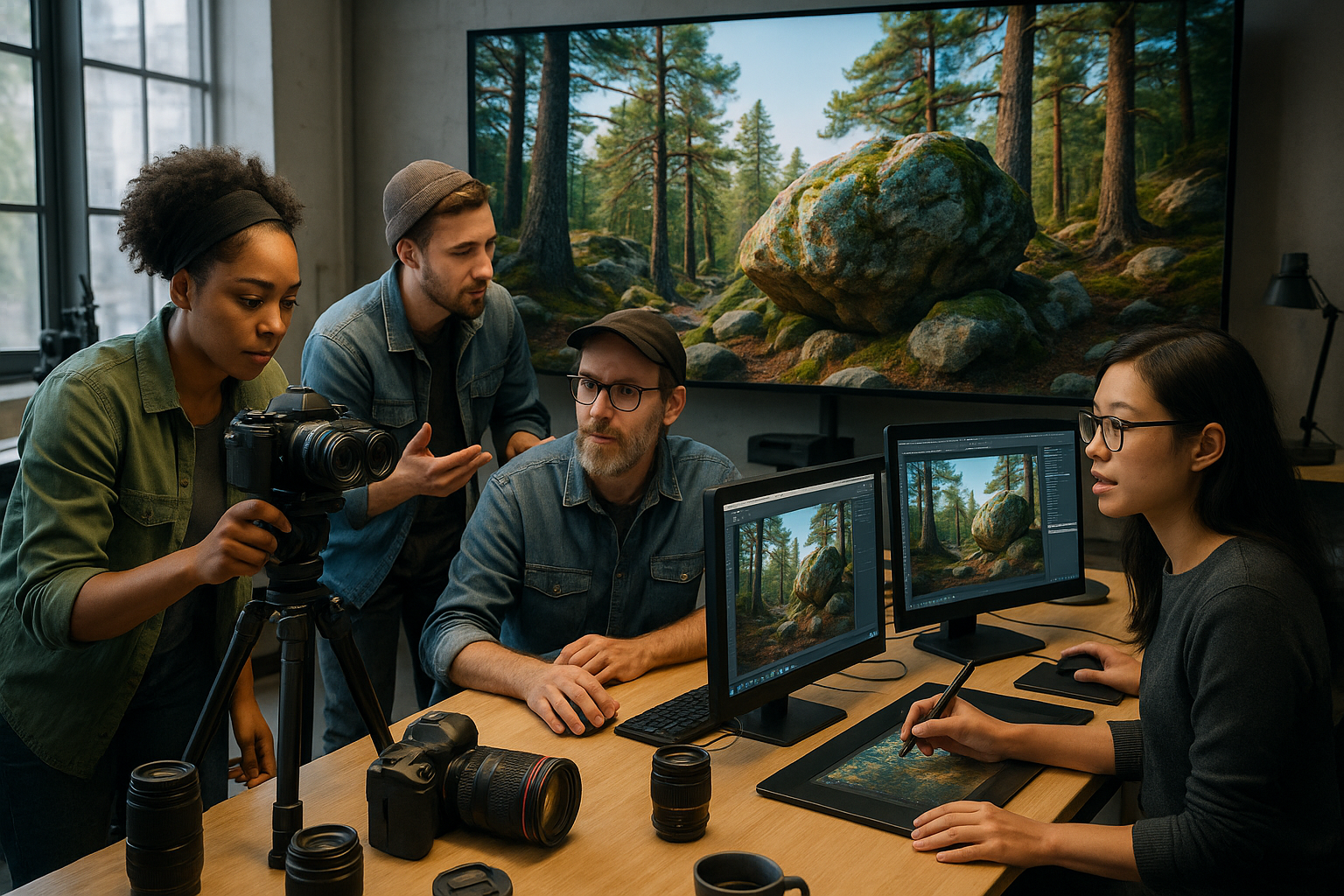In an era dominated by digital perfection, a quiet revolution is unfolding as artists rediscover the raw beauty of handmade lens art.
The intersection of traditional craftsmanship and modern photography has given birth to a remarkable movement that challenges our perception of what constitutes quality imagery. While mainstream photography obsesses over megapixels and computational algorithms, a growing community of creators is turning toward vintage glass, DIY lenses, and experimental optics to produce images that breathe with character and authenticity.
This renaissance isn’t merely nostalgia—it’s a deliberate rebellion against the homogenization of visual culture. When every smartphone camera produces clinically sharp images with perfect color science, the imperfections of handmade lenses become a form of artistic signature, a way to reclaim individuality in an increasingly standardized visual landscape.
🎨 The Allure of Optical Imperfection
Modern digital cameras strive for technical perfection, but handmade lens art embraces the beautiful flaws that mass-produced optics have engineered away. Vignetting, chromatic aberration, soft focus, and light leaks—these “defects” become artistic tools in the hands of creative photographers.
The appeal lies in unpredictability. Unlike digital filters that apply the same effect consistently, handmade lenses interact uniquely with each scene, creating organic variations that algorithms cannot replicate. Each photograph becomes a collaboration between the artist’s vision and the lens’s character, resulting in images that feel alive and unrepeatable.
Artists are rediscovering vintage Soviet lenses like the Helios 44-2 with its swirly bokeh, experimenting with petzval-style optics that create dreamlike imagery, and even crafting lenses from household objects. This experimental approach connects contemporary photographers to the pioneering spirit of early photography, when every image required technical improvisation and artistic courage.
From Forgotten Attics to Artistic Tools
The journey into handmade lens art often begins with discovery. Antique shops, estate sales, and online marketplaces have become treasure troves for photographers seeking vintage glass. Lenses manufactured decades ago for film cameras are finding new life on modern digital bodies through simple adapters.
These optical relics carry histories within their glass elements—coatings that have aged distinctively, aperture blades that create unique bokeh patterns, and construction methods that impart specific rendering characteristics. A Pentax Takumar from the 1970s renders highlights differently than a contemporary lens, not because it’s inferior, but because it was designed with different aesthetic priorities.
Beyond vintage finds, makers are constructing entirely new lenses using 3D-printed barrels, magnifying glasses, telescope eyepieces, and other non-photographic optics. These DIY creations often produce effects impossible to achieve with conventional equipment, opening creative possibilities limited only by imagination and technical experimentation.
The Technical Poetry of Manual Focus
Handmade lens art requires a return to manual control, stripping away autofocus systems and electronic apertures. This tactile engagement transforms photography from a point-and-shoot activity into a meditative practice.
Turning a focus ring by hand creates an intimate connection between photographer and subject. The process slows down, demanding careful attention and intentional composition. In an age of burst modes capturing hundreds of frames per second, this deliberate approach feels revolutionary—each photograph becomes precious because it required patience and skill to capture.
Manual aperture rings provide tangible feedback that electronic controls cannot match. Photographers learn to read light intuitively, developing technical expertise that automated systems have rendered nearly obsolete. This knowledge doesn’t just improve technical proficiency; it deepens artistic understanding of how light, depth, and focus interact to create visual meaning.
✨ Character Over Clinical Precision
The aesthetic philosophy driving handmade lens art prioritizes emotional resonance over technical perfection. While modern optics eliminate distortion and maximize sharpness across the frame, handmade approaches embrace selective focus, edge softness, and color rendering that feels painterly rather than documentary.
This aesthetic finds particular resonance in portrait photography, where slightly soft rendering can be more flattering than clinical sharpness. Fashion photographers increasingly use vintage and handmade lenses to create images that stand apart from the overly retouched look dominating commercial work.
Landscape photographers are discovering that optical “flaws” can enhance atmosphere. Lens flare becomes a way to express the intensity of natural light rather than a technical failure. Vignetting draws the eye toward compositional centers. Chromatic aberration creates subtle color halos that suggest dreamlike quality.
The DIY Lens Making Movement
For the truly adventurous, creating lenses from scratch represents the ultimate expression of photographic craftsmanship. Online communities share designs, techniques, and results, democratizing knowledge that was once confined to optical engineers and specialized manufacturers.
Simple pinhole lenses require only a light-proof container and a precisely sized hole. Despite their primitive construction, pinhole cameras produce images with infinite depth of field and a distinctive aesthetic quality. More complex designs incorporate salvaged optical elements—magnifying glasses, reading glasses, or projection lenses—mounted in custom barrels.
The Lensbaby system commercialized this DIY spirit, offering tilt-shift and selective focus effects through simple, manually operated lens systems. Their success demonstrated market demand for creative optical tools that prioritize artistic expression over technical specifications, inspiring countless imitators and independent makers.
Reviving Forgotten Optical Techniques
The handmade lens renaissance has sparked renewed interest in historical photographic techniques. The petzval design from the 1840s, characterized by sharp central focus surrounded by swirly bokeh, has been reinterpreted by modern manufacturers and DIY makers alike.
Soft-focus lenses popular in early 20th-century portrait photography are being rediscovered. These designs deliberately introduce spherical aberration to create an ethereal quality—sharp detail surrounded by a luminous glow. Modern versions range from meticulously restored antiques to new designs inspired by historical principles.
Wet plate collodion photography, a 19th-century process, has found dedicated practitioners who appreciate its laborious nature and distinctive aesthetic. While technically a process rather than lens art, it exemplifies the broader movement toward embracing historical techniques as creative choices rather than technological limitations.
🔧 Adapting Vintage Glass to Modern Cameras
One of the movement’s practical foundations is the adapter market that bridges decades of lens mounts. Simple mechanical adapters allow lenses from defunct camera systems to function on contemporary digital bodies, preserving optical designs that might otherwise be forgotten.
This cross-platform compatibility has created unexpected value propositions. A Soviet-era lens costing twenty dollars can produce images rivaling contemporary glass costing thousands. The difference lies not in optical quality per se, but in rendering characteristics—how the lens interprets scenes rather than merely recording them.
Technical considerations matter when adapting vintage lenses. Flange distance determines which lenses can achieve infinity focus on which bodies. Some adapters incorporate corrective optics that affect image quality. Understanding these technical details separates successful experimentation from frustrating incompatibility.
The Social Media Effect on Handmade Aesthetics
Instagram and photography-focused platforms have paradoxically fueled interest in handmade lens art. While these platforms are inherently digital, they’ve created demand for distinctive visual styles that stand out in crowded feeds.
The “film look” aesthetic—slightly faded colors, grain, and imperfect tonality—has become desirable despite most viewers consuming images on digital screens. Handmade lenses naturally produce effects that digital filters approximate, but with organic variation that algorithms struggle to replicate convincingly.
Hashtag communities around vintage lenses, experimental photography, and alternative processes have created virtual gathering spaces where practitioners share techniques, troubleshoot problems, and inspire each other. This knowledge exchange accelerates innovation while preserving collective wisdom about optical characteristics and shooting techniques.
Commercial Applications of Artisanal Optics
Beyond personal artistic practice, handmade lens aesthetics have infiltrated commercial photography and cinematography. Music videos, fashion campaigns, and artistic portraits increasingly feature the distinctive look that only vintage or handmade optics provide.
Cinematographers have long valued vintage lenses for motion pictures, recognizing that clinical sharpness can feel sterile on screen. Films like “Drive” and numerous Netflix productions use rehoused vintage glass to achieve specific aesthetic goals. This professional validation has trickled down to photography, legitimizing artistic choices that might once have been dismissed as technical inadequacy.
Wedding photographers adopt handmade lens aesthetics to differentiate their work in a saturated market. The soft, romantic quality of certain vintage lenses aligns perfectly with wedding imagery expectations while providing a signature look that clients can’t get from every photographer with a standard zoom lens.
📱 Digital Tools Supporting Analog Approaches
Interestingly, digital technology supports rather than opposes the handmade lens movement. Focus peaking and magnification features in mirrorless cameras make manual focus more accessible than it ever was with film cameras.
Post-processing software allows photographers to fine-tune images while preserving the character that attracted them to handmade lenses initially. Selective adjustments can enhance the natural vignetting or color shifts without eliminating them entirely, balancing artistic vision with technical refinement.
Mobile apps have democratized experimental photography for those not ready to invest in physical lenses. Applications that simulate vintage lens effects introduce broader audiences to aesthetic possibilities beyond conventional photography.
🌍 A Global Community of Lens Experimenters
The handmade lens movement transcends geographic boundaries, uniting practitioners across continents through shared aesthetic values and technical curiosity. Online forums, YouTube channels, and social media groups facilitate knowledge exchange that would have been impossible in pre-digital eras.
International lens manufacturers have noticed this enthusiasm, producing new lenses inspired by vintage designs. Chinese manufacturers like 7artisans and TTArtisan offer affordable manual-focus lenses with character-rich rendering, making the aesthetic accessible to budget-conscious photographers.
European boutique manufacturers craft premium handmade lenses as luxury objects, emphasizing build quality and optical design. These high-end offerings serve photographers who want distinctive rendering combined with modern coatings and construction standards.
Sustainability and the Circular Economy of Photography
Beyond aesthetics, handmade lens art aligns with sustainability values. Rescuing vintage lenses from obsolescence extends their useful life, reducing demand for new manufacturing with its associated environmental costs.
This circular approach contrasts sharply with the upgrade cycle driving mainstream photography, where cameras and lenses become “obsolete” within years despite remaining functionally capable. Vintage lenses prove that optics designed decades ago still produce beautiful images, challenging narratives that equate newness with superiority.
DIY lens construction from repurposed materials takes sustainability further, transforming objects destined for landfills into creative tools. This resourcefulness echoes early photography’s experimental spirit while addressing contemporary environmental concerns.
The Learning Curve as Creative Journey
Mastering handmade lens art requires patience and willingness to embrace failure as part of the creative process. Not every experiment produces usable images, and learning each lens’s personality takes time and film or digital frames.
This learning curve discourages casual dabbling while rewarding dedicated practice. Photographers develop intimate knowledge of their tools, understanding how specific lenses behave in various lighting conditions, distances, and apertures. This expertise becomes artistic capital, enabling intuitive control that automated systems cannot provide.
The educational value extends beyond technical knowledge to aesthetic judgment. Working with characterful lenses trains the eye to recognize and appreciate subtle differences in rendering that mass-market photography often overlooks.
Future Horizons for Handmade Optics
As the movement matures, new directions emerge. 3D printing technology enables custom lens designs previously impossible without industrial manufacturing capabilities. Open-source optical designs allow global collaboration on new lens concepts.
Hybrid approaches combining vintage glass with modern coatings offer the best of both worlds—classic rendering with reduced flare and improved contrast. Some makers disassemble vintage lenses, recoat elements, and reassemble them in new configurations, creating truly unique optical instruments.
Educational institutions are beginning to incorporate alternative optics into photography curricula, recognizing their value in teaching fundamental concepts and encouraging creative experimentation. This institutional recognition suggests the movement has transcended fad status to become an established photographic approach.
🎯 Reclaiming Creative Agency
At its heart, the handmade lens renaissance represents photographers reclaiming creative agency from algorithmic automation. When cameras make thousands of micro-decisions per photograph, artists respond by choosing tools that require active participation and creative judgment.
This shift challenges the assumption that technological progress always serves artistic goals. Sometimes the most creatively productive choice involves deliberately adopting “obsolete” technology because its limitations foster rather than hinder artistic expression.
The movement asks fundamental questions about photography’s purpose. Is the goal to create technically perfect records of reality, or to interpret the world through personal vision? Handmade lens art firmly advocates for the latter, positioning photography as an expressive medium rather than mere documentation.
As digital photography continues evolving toward computational imaging and artificial intelligence, the handmade lens movement offers an alternative path. It suggests that the future of creative photography might involve looking backward, rediscovering forgotten techniques, and embracing the imperfect humanity that machines cannot replicate. In doing so, it connects contemporary practitioners to photography’s entire history, honoring the experimental spirit of pioneers while creating distinctly modern images that resonate in our digital age.
This renaissance proves that innovation doesn’t always mean moving forward—sometimes the most revolutionary act is rediscovering what we left behind and recognizing its value with fresh eyes. For photographers seeking to distinguish their work in an age of visual sameness, handmade lens art offers not just different tools, but an entirely different philosophy of image-making that prioritizes soul over specification, character over perfection, and human creativity over algorithmic efficiency.
Toni Santos is a visual historian and artisan whose creative lens is captivated by the forgotten marvels of antique optical devices. Through his thoughtful storytelling, Toni revives the instruments that once transformed light into wonder—camera obscuras, magic lanterns, kaleidoscopes, and other ingenious tools that shaped our earliest visual imaginations.
His journey is rooted in a fascination with how humans have long sought to bend, reflect, and reveal the unseen. Whether tracing the mechanical poetry of 19th-century projectors or illustrating the tactile elegance of early lenses, Toni’s work invites us to see vision itself as an evolving art form.
Blending handcrafted design with historical inquiry, Toni brings to life the material soul of these devices—celebrating not just how they functioned, but what they meant. His creations and curated stories illuminate a world where science, illusion, and beauty were intricately linked through glass and brass.
As the curator of Vizovex, Toni shares detailed studies, reconstructed artifacts, and immersive content that help others rediscover the origins of visual technology and the magic of analog perception.
His work is a tribute to:
The craftsmanship behind early visual instruments
The wonder of seeing through the eyes of another century
The intersection of optics, art, and imagination
Whether you’re a collector, a designer, or someone drawn to the lost poetry of vision, Toni welcomes you into a world where light is a storyteller—one prism, one lens, one forgotten invention at a time.





